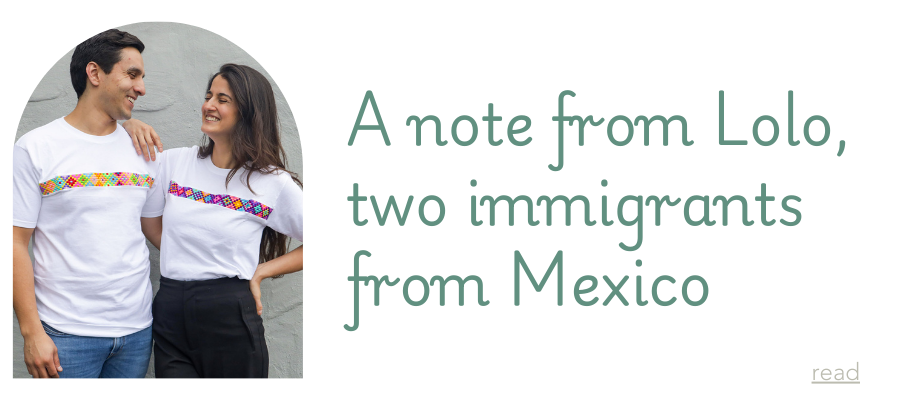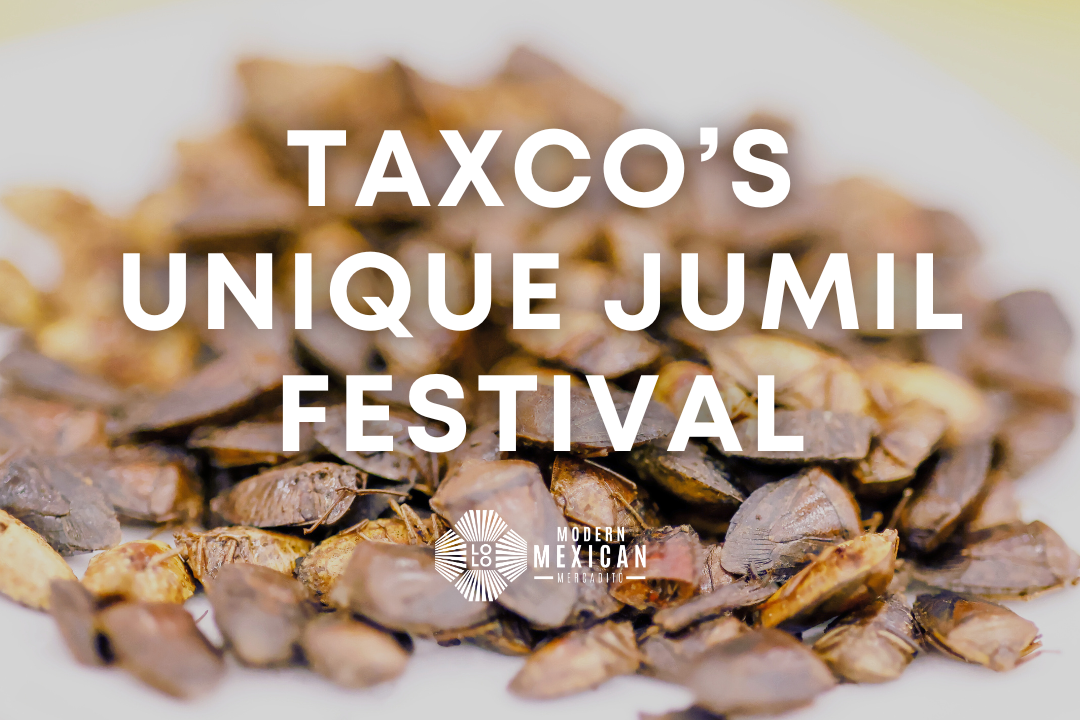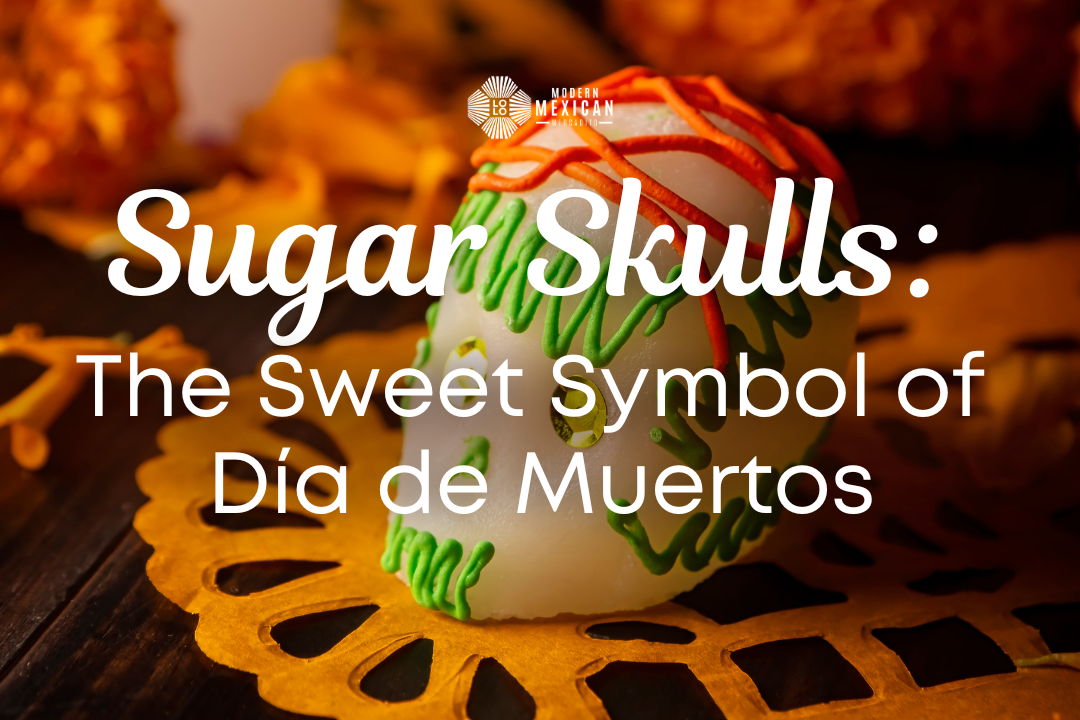Although Navidad, or the Christmas season, sparks great enthusiasm in Mexicans, from attending posadas to spending time together as a family, we often think little about how this tradition established itself in Mexico and became an iconic part of its national culture before Pre-Hispanic times.
Before the Spanish arrived, Christmas wasn't celebrated in Mexico. It was through colonization and evangelization that the celebration of Jesus’ birth was introduced to the American continent. Interestingly, its rapid establishment was aided by its coincidence with Panquetzaliztli, the festival of Huitzilopochtli.
In today's blog we delve into Panquetzaliztli, the festival celebrating the birth of the solar patron god of the Mexica people, Huitzilopochtli, and look at all the similarities between both holidays until we perhaps uncover when the first Christmas was celebrated in Mexico.
Panquetzaliztli is a pre-Hispanic celebration where the Mexicas (also known as the Aztecs) honored the birth of the god Huitzilopochtli. This festival occurred in December, aligning with the Western celebration of Jesus Christ's birth. However, today Panquetzaliztli might be better known for its bloodthirsty nature.

Who was Huitzilopochtli?
Huitzilopochtli (pronounced wee-tzee-loh-POCH-tlee) was a central deity in the Aztec (or Mexica) pantheon. He was revered as the god of war, the sun, and human sacrifice. His name, derived from the Nahuatl language, can be translated as "Hummingbird of the South" or "Hummingbird on the Left," symbolizing his association with the sun and war. (you can read more about him here.)
Huitzilopochtli was often depicted as a fierce warrior adorned with hummingbird feathers, carrying a shield and a spear-thrower (atlatl). His image was central to Aztec warfare and rituals, and he was believed to guide warriors in battle and in their journey to the afterlife.
The Aztecs celebrated Huitzilopochtli in the Panquetzaliztli festival, where the Mexica, or Aztecs, who lived in the city of Tenochtitlan (what is now Mexico City) celebrated his birth. This was a significant event in their religious calendar, marked by elaborate ceremonies and human sacrifices to honor him and ensure the sun's continued journey across the sky.
A curious aspect is that it took place in what we now know as the month of December, thus coinciding with the Western celebration of the birth of Jesus Christ. Interestingly enough, and as we shall discuss more in detail, this commemoration took place every winter solstice and lasted twenty days, so the time also coincides with that of the famous posadas that we enjoy today.
What is Panquetzaliztli About?
During Panquetzaliztli, warriors, merchants, and Aztec lords offered captives to represent the battle between Coyolxauhqui, the 400 Huitznáhua, and Huitzilopochtli. This was not a simulation, but a real combat where those destined for sacrifice either fell in battle or were captured and sacrificed right there by their opponents.
However, the bloodbath did not end there. At the end of the ruthless battle, the surviving warriors were sacrificed in the Huitzilopochtli pyramid of the Templo Mayor. Being at the top of the pyramid, the priests opened the chests of the captives, extracted their hearts, and offered them to the Sun god. Then they threw the inert bodies towards the base of the pyramid as a representation of what Huitzilopochtli had done to the Coyolxauhqui and the Huitznáhua after defeating them.
Another of the rituals that was carried out consisted of choosing a Painal (translated as the fast one or the one who walks quickly), who represented Huitzilopochtli during his youth, and his objective was to travel almost the entire basin of Mexico, to bring good fortune with him, and the goodness of the deity to all peoples.

The Birth of Huitzilopochtli
As we mentioned before, Panquetzaliztli was a celebration held to honor the birth of Huitzilopochtli, so it is safe to mention that of the most important days of the Panquetzaliztli celebration, prior to the battle, was the 18th, since that day the birth of Huitzilopochtli.
On this day, a sort of women nuns who lived in the temple for a year before getting married and who represented Huitzilopochtli's daughters, created an image of Huitzilopochtli based on tzoalli, a mixture of amaranth flour, toasted corn and maguey honey, and took it to the temple chapel for blessing. This effigy, along with the 400 tzoalli (representing Huitzilopochtli's slain brothers), were paraded through the streets and displayed in the temple before being “sacrificed”; priests broke the candied offerings into tiny pieces and distributed them among the crowd to be eaten.
The festivities continued with dances and songs until the 20th day, when the entire town observed a fast, consuming only tzoalli bread and refraining from drinking water until sunset. On the 21st day, the priest named Topiltzin Quetzalcóatl descended from the Huitzilopochtli pyramid with the effigy of the god Painal (also crafted from tzoalli), representing Huitzilopochtli's messenger. This effigy was then taken to a juego de pelota (ball game), where two slaves and two prisoners were sacrificed. The procession then continued along a route comprising eight stations, each marked by its own set of sacrifices and offerings.

From Panquetzaliztli to Navidad
With the Spanish arrival and evangelization, many pre-Hispanic practices were replaced, including Panquetzaliztli with Christmas. In order to transmit Catholic teachings, the friars looked for points of coincidence between the pre-Hispanic religion and the Christian religion. For example, they observed that the indigenous people celebrated the birth of the god Huitzilopochtli during the winter solstice. The custom of the Mexica was to invite their loved ones to their homes to enjoy food accompanied by loved ones; something that to this day prevails as a tradition in Mexican families, transcending religious boundaries.
In Panquetzaliztli's case, the deity Coatlicue was transformed into the Virgin Mary, while Huitzilopochtli, a solar deity with parallels to Jesus of Nazareth, became associated with him. To enhance festivities and impart moral teachings, the friars introduced piñatas and posadas. Nativity scenes were also created, allowing the indigenous people to understand and embrace evangelical teachings in their language. Thus, the Huitzilopochtli festival gradually faded and Christmas, along the many December celebrations became more and more popular.
Other very similar examples occurred in Europe with Christmas, which was moved by Christians to coincide with the pagan solar celebrations of Saturnalia and Natalis Solis Invicti of the Romans, or the Yule celebrations of the Scandinavian and Germanic peoples.
Interestingly, the first Christmas might have been celebrated in 1519, the year Hernán Cortés arrived in Mexican territory. However, the integration of Christianity with indigenous beliefs wasn't fully underway until 1523, when Fray Pedro de Gante and 12 Franciscans began the evangelization process in Mexico. Thus, it might be argued that the first recorded Christmas occurred in 1528, as described in a letter by Fray Pedro de Gante to Philip II, detailing the celebration with indigenous converts.
The transition from Panquetzaliztli to modern Christmas in Mexico is a vivid example of the country’s cultural richness. This shift from a pre-Hispanic festival to a celebrated Christian tradition features the rich complexity of Mexican heritage. For us, it's a blend of Mexica (Aztec) resilience and Spanish influence, a story that mirrors the broader narrative of our nation's history. As we embrace our festive traditions today, let's remember the deep historical roots that have shaped them, celebrating not just the joy of the season but also the enduring legacy of Mexico’s first inhabitants.
---
So, what do you think? Is this something you were familiar before? What are your thoughts about this festival? What other similitudes do you find between Panquetzaliztli and Christmas? Let us know your thoughts in the comments below. We would love to hear from you and read all of your comments!
Don’t forget to to subscribe to our newsletter if you would like to receive more articles like this one and to check out our shop to get the latest from Mexico to your doorstep!









4 comments
Diego " Ometeotl" Garcia
Thank you for sharing part of our indigenous history, I apply many traditions into our family. We already started the Panquetzaliztli tradition with my family and soon will introduce it to our community.
Gutierrez
Thank you so much for such an insightful article. I am interested in all and any Native culture. Decolonizing and recognizing a lot of what we celebrate was forced onto us, assimilating to what Europeans (colonizers) wanted.
Cynthia Espinoza
Me & My daughter just got back from Mexico City 🇲🇽 & we visited the Sun Pyramids, it was a Amazing experience…
DUCKY
QUACK